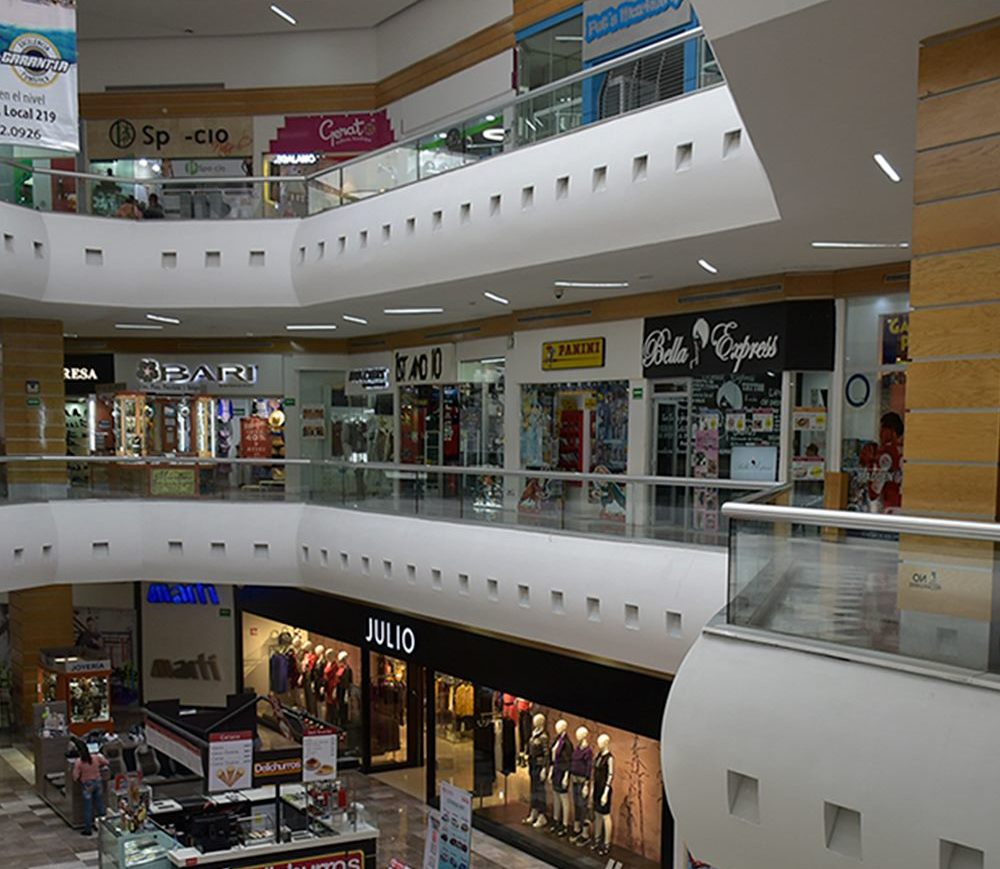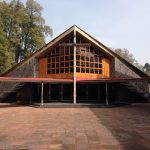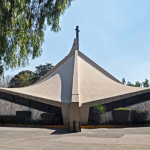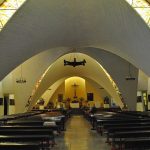
Plaza Lindavista fue el primer centro comercial de su tipo que funcionó en Ciudad de México. Desde que se inauguró en 1964, ha sido uno de los principales establecimientos para ir de compras y para entretenimiento en el norte de la ciudad. Si bien, una mirada al listado de centros comerciales de la colonia Lindavista muestra que este no es único, de cualquier forma sigue manteniendo su originalidad.
Enrique del Moral
Al iniciar sus actividades, Plaza Lindavista albergaba prácticamente una nueva tienda de la cadena Sears. El diseño de las instalaciones fue hecho por Enrique del Moral, un prolífico y aclamado arquitecto oriundo de Irapuato. Aunque la lista de los proyectos realizados por él es demasiado larga para abordarla aquí, podemos decir que fue un personaje instrumental en el desarrollo del movimiento “funcionalista”, a quien se recuerda básicamente por el papel que jugó en el diseño y construcción de la Ciudad Universitaria, principal campus de la UNAM entre 1947 y 1952, donde trabajó con los arquitectos Mario Pani y Salvador Ortega. La obra más notable allí de Enrique del Moral es la Torre de Rectoría, generalmente considerada como el principal atractivo arquitectónico del campus.
Sin embargo, poca gente sabe que Plaza Lindavista fue uno de los proyectos realizados por ese notable arquitecto. La plaza se aparta mucho de los formatos de otras galerías comerciales y de los característicos “pasajes” que distinguen a muchas áreas comerciales de Ciudad de México, precedentes a los modernos centros comerciales o malls. Más bien, se puede pensar que los corredores de esta plaza son similares a los de hospitales que Del Moral diseñó durante su larga carrera (fue responsable del trazo de 10 grandes hospitales).
Plaza Lindavista sufrió graves daños en el terremoto de 1985 y la reconstrucción de las partes afectadas tomó cinco años. Durante los 35 siguientes a aquel suceso, este centro comercial ha enfrentado una feroz competencia ya que en sus cercanías se han construido otros establecimientos dedicados a los mismos fines. Por ejemplo, el verdaderamente gigantesco sucesor Parque Lindavista, que se encuentra justamente a la vuelta de la esquina. Pero aun así, Plaza Lindavista continua adelante. Con cerca de 80 tiendas minoristas, restaurantes, cafeterías y sitios de entretenimiento, este centro comercial que ya tiene más de medio siglo de antigüedad y se conserva sorprendentemente dinámico. es
 centrodeatencion@plazalindavista.com.mx
centrodeatencion@plazalindavista.com.mx
 (55) 5726-3100
(55) 5726-3100
 https://plazalindavista.mx/
https://plazalindavista.mx/

Cercano a 0.19 kms.

Cercano a 0.21 kms.

Cercano a 0.42 kms.

Una de las iglesias más célebres del siglo XX en la Ciudad de México...

El Pañuelito sigue siendo un espectáculo digno de contemplar en el norte de la Ciudad de México.

El barrio de Lindavista ha llegado a ser definido por una serie de importantes centros comerciales. Este es el más grande.

No dejes que el extraño exterior te desanime. En el interior es una maravilla de la famosa geometría altísima de Félix Candela.